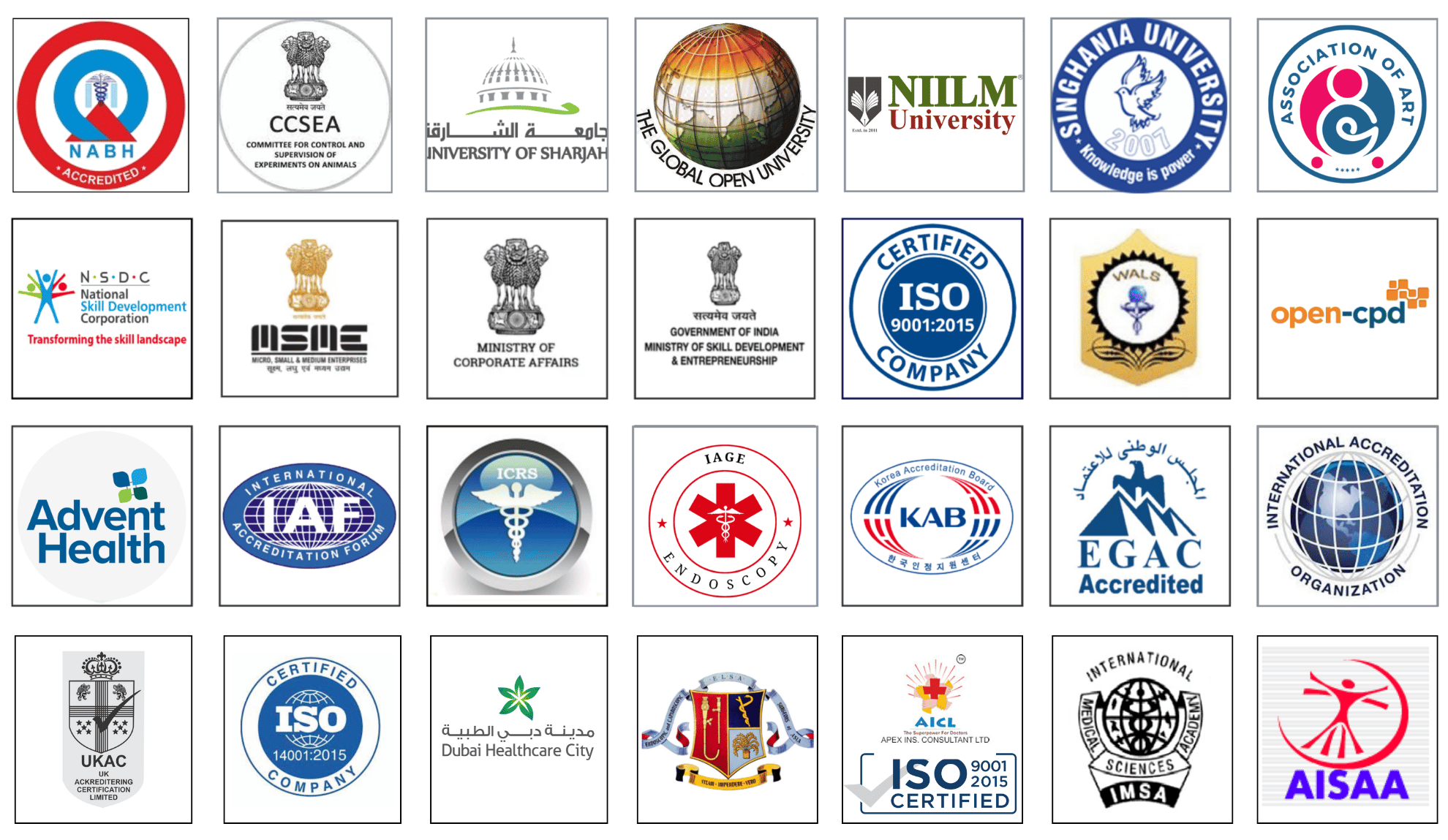Preperitoneal eTEP – A Game Changer in Ventral Hernia Repair at WALS 2025 by Dr. Brijendra Singh
Preperitoneal eTEP – A Game Changer in Ventral Hernia Repair at WALS 2025 by Dr. Brijendra Singh
The field of hernia surgery has witnessed remarkable advancements over the years, with minimally invasive techniques revolutionizing patient outcomes. One such groundbreaking approach is the Extended Totally Extraperitoneal (eTEP) repair in ventral hernia surgery, which has been gaining widespread recognition among surgeons. At the World Association of Laparoscopic Surgeons (WALS) 2025 conference, Dr. Brijendra Singh presented his insights into preperitoneal eTEP, highlighting its advantages and potential to transform ventral hernia repair.
Understanding Preperitoneal eTEP
The eTEP technique was initially introduced for inguinal hernia repair and has now been adapted for ventral hernias. Unlike traditional laparoscopic or robotic repairs, preperitoneal eTEP involves creating a space between the peritoneum and the abdominal muscles, allowing for tension-free placement of the mesh without entering the peritoneal cavity. This method minimizes the risk of intestinal adhesions, bowel injury, and chronic pain, which are common concerns in conventional intraperitoneal onlay mesh (IPOM) repairs.
Dr. Brijendra Singh, a pioneer in laparoscopic and robotic hernia surgery, demonstrated how this technique enhances surgical precision, reduces complications, and promotes faster recovery for patients. His presentation at WALS 2025 focused on the benefits of preperitoneal eTEP and its role in setting new standards in ventral hernia repair.
Why is Preperitoneal eTEP a Game Changer?
Several factors make preperitoneal eTEP a game-changing technique in ventral hernia surgery:
1. Minimized Peritoneal Violation
Unlike transabdominal preperitoneal (TAPP) or IPOM approaches, eTEP avoids direct peritoneal entry, reducing the chances of intestinal adhesions and hernia recurrence.
2. Improved Mesh Placement
Placing the mesh in the preperitoneal space provides better tissue integration and support, leading to superior long-term outcomes compared to intraperitoneal placement.
3. Reduced Postoperative Complications
With minimal risk of bowel injury and reduced chances of chronic pain or mesh-related infections, eTEP offers a safer alternative to traditional methods.
4. Faster Recovery and Less Postoperative Pain
Patients undergoing preperitoneal eTEP experience less postoperative discomfort, reduced hospital stays, and a quicker return to daily activities.
5. Versatility in Complex Cases
This technique is particularly beneficial for large, recurrent, and complex hernias, making it a preferred choice for advanced laparoscopic surgeons.
Dr. Brijendra Singh’s Contribution at WALS 2025
Dr. Brijendra Singh’s presentation at WALS 2025 provided a comprehensive overview of his experience, case studies, and research findings on preperitoneal eTEP. His expertise in laparoscopic and robotic surgery has positioned him at the forefront of hernia innovation, making his contributions invaluable to the global surgical community.
During his session, Dr. Singh showcased live surgical demonstrations, clinical data, and patient outcomes, reinforcing the effectiveness of this technique. He also addressed common challenges faced by surgeons during eTEP procedures and provided practical solutions to enhance success rates.
The Future of Hernia Surgery with eTEP
With technological advancements and growing surgical expertise, preperitoneal eTEP is set to become the gold standard for ventral hernia repair. Its adoption is likely to increase as more surgeons recognize its efficacy, safety, and patient benefits. The insights shared by Dr. Brijendra Singh at WALS 2025 have further strengthened its position as a preferred technique for hernia specialists worldwide.
Conclusion
The preperitoneal eTEP approach is a significant breakthrough in ventral hernia repair, offering a minimally invasive, safer, and more effective alternative to traditional methods. Dr. Brijendra Singh’s presentation at WALS 2025 has emphasized its potential in transforming hernia surgery, paving the way for better patient outcomes and surgical excellence. As more surgeons embrace this innovative technique, the future of hernia repair looks promising, efficient, and patient-friendly.
No comments posted...
| Older Post | Home | Newer Post |


